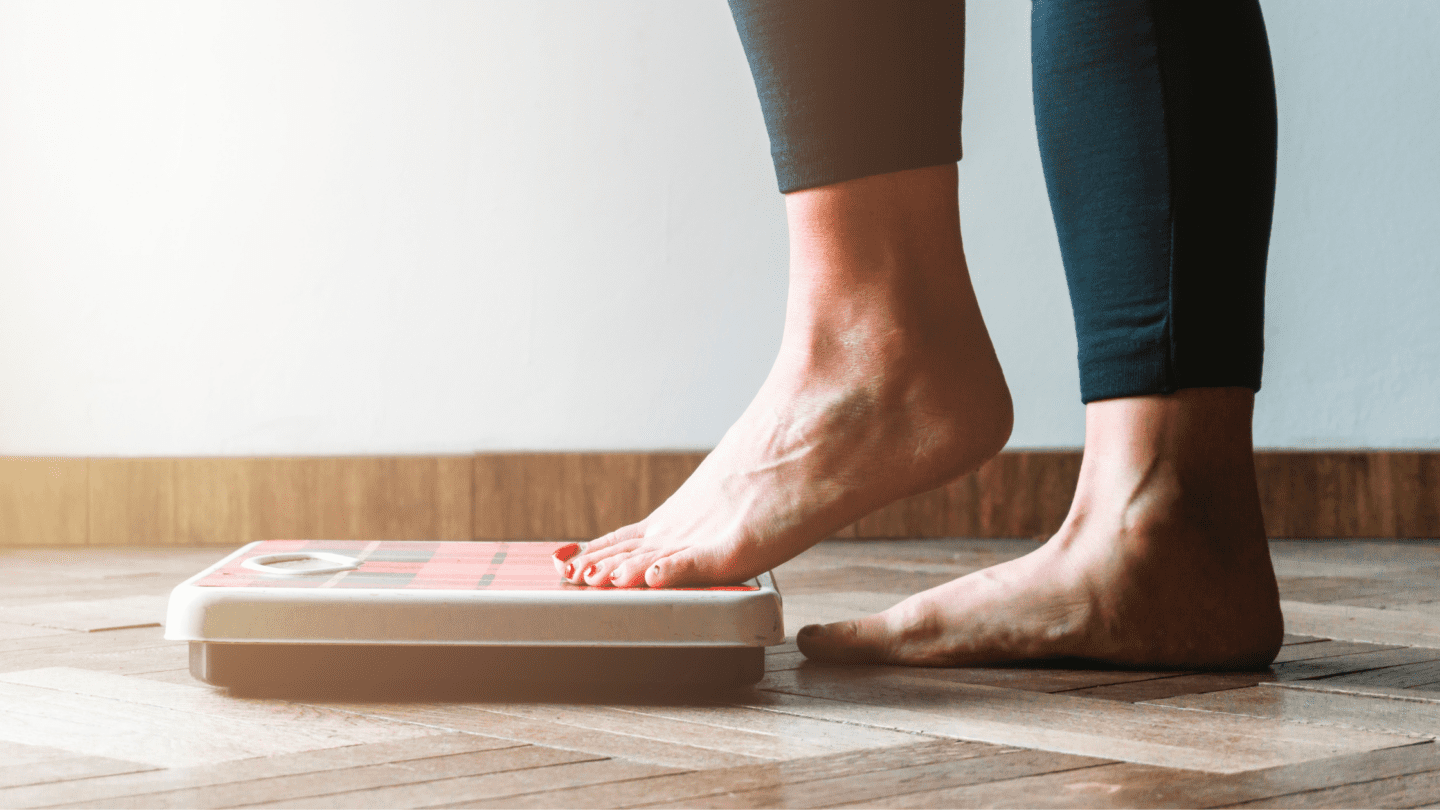Whether you just switched to the pill or got an IUD inserted for the first time, starting a new kind of can cause uncomfortable side effects. But don’t fret: It’s common for things to feel off for a while as your body adjusts to something different.
The good news is that most side effects aren’t dangerous and go away with time. But how long does it take to adjust to new , exactly? The answer is a little different for everyone, but scientific studies show that there is a predictable time frame for most people. Here’s what to expect when starting and how long it will probably take to start feeling normal again.
What are the side effects of starting new ?
Your experience with depends on what kind you’re using, and your individual biology. Some side effects are more common with hormonal options like the pill, implant, or vaginal ring. Others appear more frequently with the non-hormonal copper IUD.
Even if you’re using the same method as someone else, you might find that the side effects are not as bad or, alternatively, possibly worse for you. Everyone is different, and some options might be more compatible with your body than others.
Across the board, people report side effects for nearly all methods, especially in the first few weeks and months of use.1 Here are the most common side effects of , and which methods they’re typically associated with:
- Breakthrough and irregular bleeding. Breakthrough bleeding is any time you bleed between periods. It’s the the most common side effect of the combination pill,2 and many other forms of like the progestin-only , the shot, implant, and IUDs can cause irregular bleeding as well.1 (Check out our post on breakthrough bleeding for more in-depth info.)
- Loss of periods. On the opposite end of the spectrum, you might find that you’re not bleeding at all, which is sometimes the case with the hormonal IUD.1
- Heavier periods. It’s common for new users of the copper IUD to experience heavier periods and more intense cramping during the first few weeks and months after insertion.3
- Headaches. New or more frequent headaches are often reported as a side effect of the pill, shot, patch, implant, and vaginal ring.1
- Nausea. People on the pill, patch, and vaginal ring often report nausea as a side effect.1
- Breast tenderness. This is also common for many hormonal methods.1
- Weight gain or loss. Some people starting the pill, implant, or shot report weight loss or gain as a side effect. However, there isn’t a clear scientific link between weight fluctuations and starting hormonal birth control,4 and many people don’t experience weight changes at all.
- Acne and skin problems. This side effect is most common with progestin-only methods of like the .5
- Mood swings and depression. Changes in mood are associated with some hormonal methods like the pill, implant, and vaginal ring.1
- Loss of . You may notice that you don’t have much of a sex drive after starting new . It’s a potential side effect of hormonal methods. (But note that an equally common side effect is increased libido.)6
- Fatigue and sleep problems. Some people report feeling fatigued while on hormonal birth control, especially when first starting. This is an under-studied side effect, though the link between and sleep quality is fairly well documented (like depression, sleep issues are much more prevalent in women than in men, and it’s suspected is the cause).7
Most of the side effects on this list do go away, or at least improve, with time. But if your side effects feel unbearable or have serious detrimental effects on your health or well-being, remember that you do have options. It might be worth talking to your doctor about switching methods if your isn’t working for you.
Why does new cause side effects?
Since there are many different side effects associated with hormonal birth control, it can help to know how those methods work to better understand why it takes time to adjust.
Hormones are chemical messengers that travel through your body and help regulate a variety of functions. From metabolism to emotions to sex drive, your hormones are instrumental in making sure your biology runs smoothly.8
When you start taking the pill, get an implant, or have a hormonal IUD inserted, you’re giving your body additional sex hormones that help prevent pregnancy. Raising levels of (and also in the case of the combined pill) stops you from ovulating, thickens cervical mucus, and changes your uterine lining so eggs can’t implant there.9
Like what you’re reading? Get the latest straight to your inbox 💌
Estrogen and are naturally present in your body, and when their levels change suddenly, it can take some time to adjust. It’s similar to getting a new roommate: the move-in process can be a hassle, but once they’re settled, life usually returns to normal.
Non-hormonal methods like the copper IUD don’t change your or levels. Instead, the copper IUD creates a hostile environment for sperm, killing it before it can reach an egg.10
Copper can cause inflammation, which is why cramping might get worse when you first have a copper IUD inserted.11-12 And research shows that the copper IUD does increase blood loss in new users, so if your periods feel heavier, it probably isn’t just your imagination.3
While these side effects are often unpleasant, most are not dangerous, and many will go away over time.
How long will it take to adjust to new ?
The short answer is that side effects typically subside after three months to a year of continued use. But it depends on what method you’re using and how your body reacts to it.
One of the most common side effects in the first few weeks after starting the pill is headaches. These typically go away after the first menstrual cycle, but some people experience them for longer periods of time.5
Breakthrough bleeding is also very common for many hormonal methods. For example, only 11 percent of people with the hormonal implant will actually have a normal menstrual cycle.5
Bleeding can stay irregular with the implant, though it’s typically not any heavier than your normal menstrual cycles.
Breakthrough bleeding from the hormonal IUD, vaginal ring, and the combination pill should stop after three and six months.3 If you start one of these methods and find your menstrual cycle doesn’t even out after six months, check with your doctor and see if a different type of might work better for you.
On the other hand, light or absent periods, called amenorrhea, are the norm for people who get the shot or take the , though roughly 40 percent of people who take the will have some form of irregular bleeding. On the other hand, the loss of your period actually becomes more common over time with the shot.
With the copper IUD, many people experience irregular bleeding, heavier periods, and painful cramps during the first year after insertion. Problems with painful periods typically go away.13 One study from 2015 found that over 70 percent of new copper IUD users saw an increase in bleeding after the first three months. But after six months, less than 50 percent reported heavy bleeding as a side effect.14
For mood changes, it’s more difficult to gauge if these will go away over time. Because there’s little published research on the link between and mental health, there isn’t a clear answer as to when (or if) your mood-related symptoms might subside.
With the shot, there’s a slightly increased risk of depression.5 And some people with PMS and PMDD see mood swings become less severe when starting . But the effects can be different for everyone, and you don’t have to put up with them. Often the best solution is to find a new method if you find your current negatively affects your mental health.
Why does it take time to adjust to side effects?
Unfortunately, there isn’t a clear scientific answer as to why it takes so long for your body to adjust to . But clinical studies that follow people for months do give us pretty reliable evidence that the side effects do indeed start to go away.
Clinical data provides a guide for understanding side effect timelines, but remember that your experience with might be different. Your side effects could subside sooner, or they could overstay their welcome. If side effects stick around too long or really mess with your quality of life, it’s probably time for a change.
When should I be worried about side effects?
There are some side effects that you shouldn’t ignore.
If you’re in pain for days or even weeks after getting an IUD, it could be a sign that the device was inserted incorrectly. Abnormally heavy bleeding can also be a sign that your IUD has been dislodged. A doctor can do a quick check to see if that’s the case.
While is common when starting , excessive or nonstop bleeding can be a sign of more serious conditions like endometriosis, fibroids, or cancer.15 If you’re experiencing bleeding that feels excessive, you should talk to your provider.
With many methods, there is a slightly increased risk of blood clots, especially if you smoke. This goes without saying, but don’t wait to get help if you feel like you’re having a stroke or heart attack.
And while hormonal methods have the potential to alter your mood, seek help if you are experiencing seriously detrimental changes in your mental health. It’s one thing to feel a bit low when you first start the pill, but it’s another to struggle to get out of bed for weeks or months.
Remember that you have options with . Some methods might work great for you, while others might not. If your new method causes unpleasant side effects that don’t go away, it might be time to try something new.
Ready for answers that only your biology can provide? Get started with The Birth Control Test.
-
- U.S. Food and Drug Administration. “Birth Control Guide.” FDA.gov (N.D.): Accessed 2022 Oct 27.
- Cooper, Danielle B., Preeti Patel, and Heba Mahdy. “Oral contraceptive pills.” StatPearls [Internet] (2022).
- Villavicencio, Jennifer, and Rebecca H. Allen. “Unscheduled bleeding and contraceptive choice: Increasing satisfaction and continuation rates.” Open Access Journal of Contraception 7 (2016): 43.
- Institute for Quality and Efficiency in Health Care (IQWiG). “Contraception: Do hormonal contraceptives cause weight gain?” InformedHealth.org (29 June 2017).
- Barr, Nancy Grossman. “Managing adverse effects of hormonal contraceptives.” American Family Physician 82.12 (2010): 1499-1506.
- Davis, Anne R., and Paula M. Castaño. “Oral contraceptives and libido in women.” Annual Review of Sex Research 15.1 (2004): 297-320.
- Bezerra, Andréia Gomes, et al. “Hormonal contraceptive use and subjective sleep reports in women: an online survey.” Journal of Sleep Research 29.6 (2020): e12983.
- Institute for Quality and Efficiency in Health Care (IQWiG). “What do hormones do?” InformedHealth.org (2022 Jan 10): Accessed 2022 Oct 27.
- National Library of Medicine. “Birth Control Pills.” MedlinePlus (2022 Jan 10).
- Ortiz, María Elena, and Horacio B. Croxatto. “Copper-T intrauterine device and levonorgestrel intrauterine system: biological bases of their mechanism of action.” Contraception 75.6 (2007): S16-S30.
- Sharma, Priya, et al. “Cervico-vaginal inflammatory cytokine alterations after intrauterine contraceptive device insertion: A pilot study.” PLOS One 13.12 (2018): e0207266.
- Chou, Chia-Hung, et al. “Divergent endometrial inflammatory cytokine expression at peri-implantation period and after the stimulation by copper intrauterine device.” Scientific Reports 5.1 (2015): 1-9.
- Hubacher, David, Pai-Lien Chen, and Sola Park. “Side effects from the copper IUD: do they decrease over time?” Contraception 79.5 (2009): 356-362.
- Diedrich, Justin T., et al. “Association of short-term bleeding and cramping patterns with long-acting reversible contraceptive method satisfaction.” American Journal of Obstetrics and Gynecology 212.1 (2015): 50-e1.
- CDC. “Heavy Menstrual Bleeding.” CDC.gov (2022 Aug 17): Accessed 2022 Oct 27.








